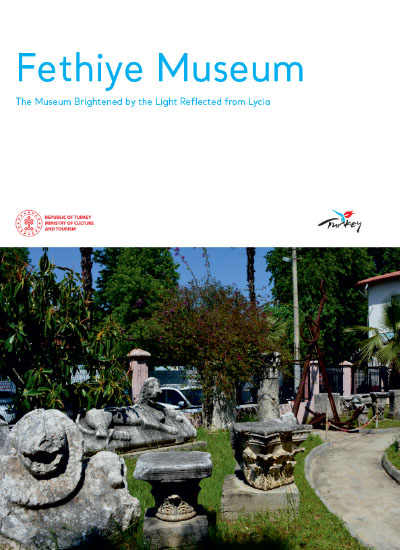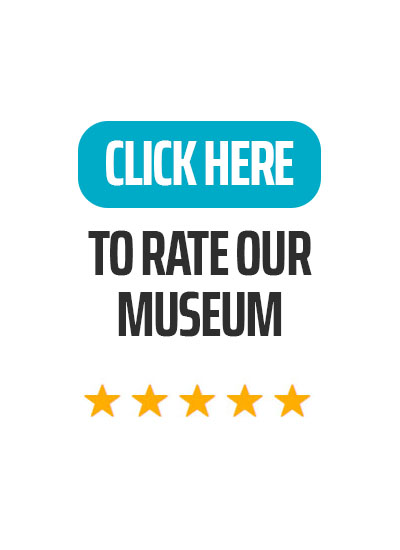The initial efforts to establish a museum in Fethiye began with the collection of artefacts from the surrounding area following the earthquake of 1957. The Fethiye Museum was opened to the public in 1987 and comprises two halls, one dedicated to archaeology and the other to ethnography. The majority of the artefacts exhibited in the archaeology section are ceramic group artefacts and originate from Fethiye and its surrounding region. The artefacts covering the period from the third millennium BC to the end of the Byzantine Age are exhibited in chronological order. One of the most significant artefacts of the museum is undoubtedly the trilingual stele, which has made a significant contribution to the decipherment of the ancient Lycian language. The inscription discovered in Letoon in 1973 was inscribed in Lycian, Aramaic and Greek. The stele is dated to 338 BC, during the period when Lycia was under Persian rule. The stele comprises 41 lines of Lycian text on one side, 27 lines of Aramaic on the other and 35 lines of Greek text on the other. Another significant artefact in the museum is the statue of a young girl with a dove and the statues of two women next to it. The statue of the dove girl is related to the cult of Artemis and is important in terms of demonstrating that there was an Artemis temple in the city. In the ethnography hall, there are various hand-weaving samples, hand embroidery, caftans, three skirts, and silver jewellery specific to the region. In this section, a wooden dastar loom (a distinctive local type of fabric), which is in use with all its units, is also exhibited. In the open space of the museum, large stone block artefacts, sarcophagus tombs and the Izraza Monument are exhibited.
MUSEUMS NEARBY
MUĞLA FETHİYE GEMİLER ISLAND
MUĞLA FETHİYE KADYANDA ANCIENT CITY
MUĞLA FETHİYE KAUNOS ANCIENT CITY AND ROCK TOMBS
MUĞLA FETHİYE KAYAKÖY ARCHAEOLOGICAL SITE
MUĞLA FETHİYE LETOON ANCIENT CITY
MUĞLA FETHİYE PINARA ARCHAEOLOGICAL SITE
MUĞLA FETHİYE TLOS ARCHAEOLOGICAL SITE


